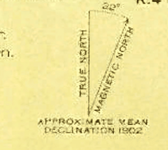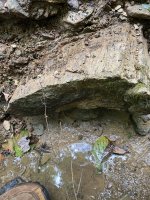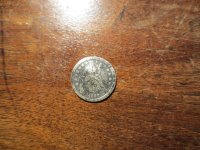diggerdoodah
Jr. Member
- Dec 1, 2013
- 70
- 22
- Primary Interest:
- All Treasure Hunting
Ok you map gurus I am over laying topos on GE . My question is how accurate are topos from 1902 with GE . I found the Long and Lat cross hairs On GE back in 1998 to match up the corners. But the real question I am after is how accurate are the house squares marked on the map going to be with 1998 corners. So far just one 1902 map I have over 30 house marked (most are in open field on current GE ) and not even 1/4 way through the map .
Map info
scale 1/125000
declination look like it says 32 degrees

Thank for any help
Map info
scale 1/125000
declination look like it says 32 degrees

Thank for any help





